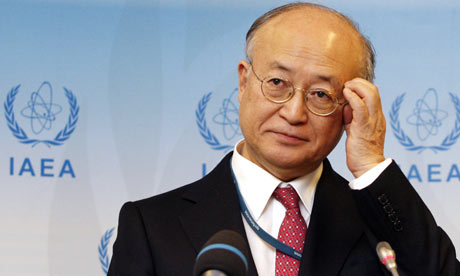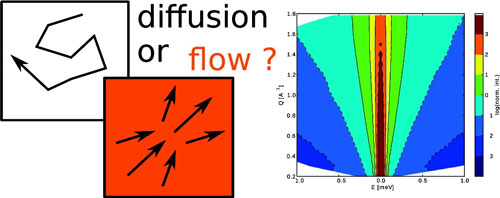"We need to take advantage of these capabilities that are out there, this Web 2.0 phenomena," David Wennergren, deputy assistant secretary of defense for information technology, told the BBC.
Under the policy, the social networks will be more open to all branches of the military and policing of them will be consistent. Before Friday, when the new policy took effect, the Army banned access to YouTube and other sites, and the Marines banned all networking sites.
Pornography, gambling and hate sites remain off-limits, and commanders will still have the ability to limit access to social media sites on sensitive missions. According to the DoD's news release, commanders who need to "safeguard missions" from social networking sites can do so by "temporarily limiting access to the Internet." But Wennergren said there are other, more traditional ways of compromising military safety.
"You can't just have the policy be that you're going to block access to MySpace," he told Reuters. "Because there are 10,000 ways people could still compromise a mission -- by making a phone call, or sending an e-mail."
In other words, the military has chosen to train its troops in safe social networking practices instead of banning them from using such sites altogether.
At the Huffington Post, David Meerman said the new policy put the Department of Defense ahead of most major U.S. corporations. "I think the big thing here is trust," he wrote. "If you're an employee who works for a company that blocks access, I suggest you tell them about the DoD."
Some said the new policy may be a sign that most social networking sites are more dull than dangerous. Kyle VanHemert of Gizmodo, for example, seemed to shrug. "It's always heartening when our government shows itself to be forward-thinking on matters of the Internet, and allowing DoD employees to use the Internet to its full, inane extent is definitely a step in the right direction."
When the Marines banned Twitter, Facebook and MySpace in August, 2009, it said that servicemembers who overshare could endanger themselves, their fellow troops, or their mission.
"These Internet sites in general are a proven haven for malicious actors and content and are particularly high risk due to information exposure, user generated content and targeting by adversaries," the Corps said in a statement.
But troops have been using social networking sites to post videos and photographs from battle zones for years.
The Army's 10th Mountain Division, for example, has a blog. Last week, the division's commander, Major General James L. Terry, invited troops and their families to take on the subject of Don't Ask, Don't Tell ban on gays in the military. One gay soldier posted anonymously:
On Facebook, many troop divisions have their own groups where friends and family can keep track of their deployed loved ones. This one, from the Army's Task Force 2-29, has over 1,200 fans, and a regularly updated video feed."I live in constant fear that my career could end at any moment. I hate having to hide who I am and there's not a day that goes by that I don't struggle with it. When I ended my relationship of 7 years, I couldn't talk to anyone about it. My relationship lasted longer than most military marriages and yet I have no support. I still go to work everyday having to put up a front that everything is fine, because as far as anyone was concerned I wasn't even dating anyone."
And troops have also been posting raw combat footage from Iraq and Afghanistan on YouTube, videos that often resemble a violent music video. This footage of the 3rd Battalion in Iraq was edited by Corp. Jan M. Bender, in 2004:
Even the command has caught on. Adm. Mike Mullen, Chairman of the Joint Chiefs of Staff, is on Twitter. A few weeks ago, Mullen used his feed to reiterate his support for the repeal of the Don't Ask, Don't Tell policy. "Stand by what I said: Allowing homosexuals to serve openly is the right thing to do. Comes down to integrity," he tweeted.
And the USNS Comfort, the medical ship stationed in Port-au-Prince, Haiti, has tweeted about its rescue efforts on Twitter. "Today we had our first baby born aboard!" they wrote a few weeks ago.
Filed under: Nation, World, Tech, Top Stories




 Solar Energy more efficiently. The project was funded by BP (BP)
Solar Energy more efficiently. The project was funded by BP (BP) 

